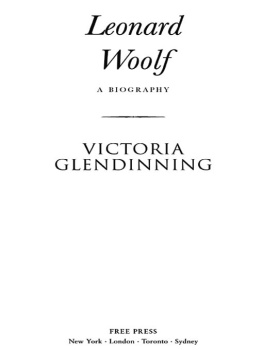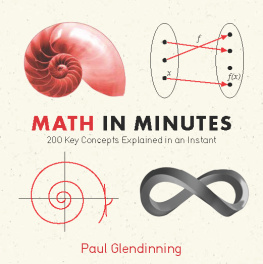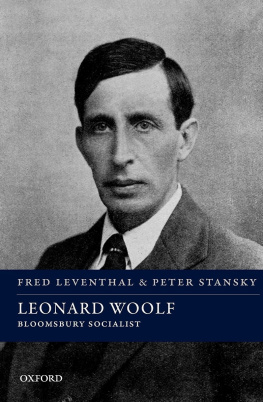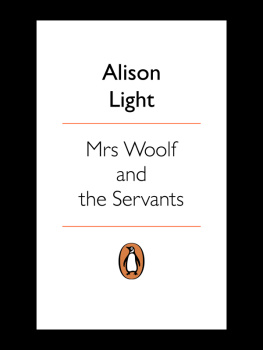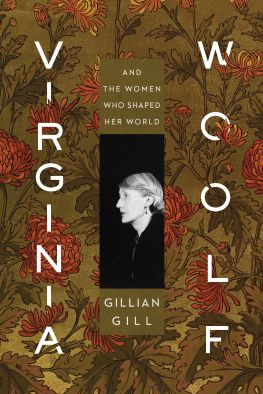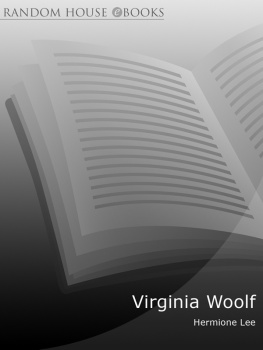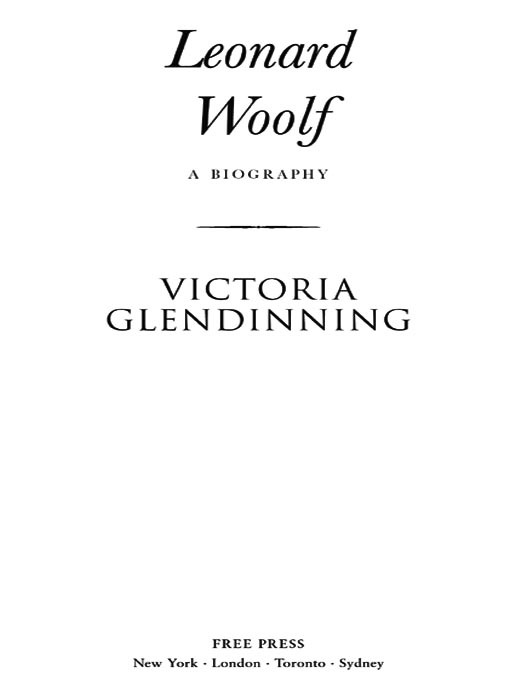A Division of Simon & Schuster, Inc.
All rights reserved, including the right of reproduction in whole or in part in any form.
FREE PRESS and colophon are trademarks of Simon & Schuster, Inc.
Library of Congress Cataloging-in-Publication Data is available.
H aving a child is problematic, wrote Leonard Woolf when in his eighties, and childless. It concerns the new human being as much as its parents, since this new human being is born without having given its consent. One should think twice, from the point of view of the hypothetical child. He himself was born, without his consent, on 25 November 1880. There he is, Leonard Sidney Woolf, in the Census returns for 1881, a five-month-old baby.
Everyone, holding a baby, has to wonder what life holds in store for him. No one could have foreseen what would happen to this one. He grew up to become a core member of a group of intimate and talented friends who continue to inspire interest and analysis a century later. In his early twenties, as a colonial servant, he administered ten thousand square miles of village and jungle. He became an anti-imperialist, a Marxist of a sort and a socialist, and was an minence grise of the early Labour Party in Britain as it became a party of government. His adult life spanned the two world wars; his writings informed the charter of the League of Nations and, as polemical journalist, as editor and author, his lifelong mission was to prevent the barbarism and insanity of future war through international cooperation and collective security.
His anguished intelligence saw all too clearly both the failure of this great project, and what he saw as the failure of the Left in Britain. He had his own demons to fight in public and in private life, being a man of extremes and contradictions: ferocious and tender, violent and self-restrained, opinionated and nonjudgmental. Belief in reason pulled him one way, irrational passion another. He was disconcerting, inner-directed, attractive, always an outsider. The constants in his character were honesty, persistence and energy. He played all games, competitively. He was a dedicated gardener. He had an affinity with animals. Nonstop workat his writing, at his political activities, in the gardencame naturally to him.
He liked women, and women liked him. (I have always been greatly attracted to the undiluted female mind, as well as to the female body.) With his wife, he founded the Hogarth Press. He had no idea when he married Virginia Stephen how her mental instability would determine and distort his own trajectory, nor that she would become one of the most famous English authors of the twentieth century. He knew how to love, and she was the love of his life. After her suicide came change and a new attachment. In his last decade, five volumes of autobiography won him respect and recognition. He left not only distinguished books on international relations, but also satirical squibs, a great mass of literary and political journalism, a play, poetry, short stories, and two novels.
Eclipsed in the literary canon, and in the public imagination, by the illustriousness of Virginia Woolfhis family name, when standing alone, commonly signifying her, not himhe is a dark star. You cannot escape Fate, he wrote at the end of his life, and Fate, I have always felt, is not in the future, but in the past.
The five-month-old Leonard, dark-haired and blue-eyed, had an elder sister, Bella Sidney, aged four; and a brother, Arnold Herbert Sidney, always called Herbert, aged nearly two. Bella, Herbert and Leonard were joined in the nursery at 101 Lexham Gardens, Kensington, by Harold Sidney, Edgar Sidney, Clara Henriette, Flora, Cecil Nathan Sidney and Philip Sidney. The nine little Woolfs were born within twelve years, the youngest arriving in 1889. There had been yet one more baby, who died in infancy.
Even a rapid overview of Leonards forebears recalls the remorselessly genealogical chapters of the Book of Genesis.

Leonards mother, Marie de Jongh, was married at seventeen to Albert Zacharias Goldstcker, a City merchant. Maries brother Benjamin de Jongh, a stock-jobber (a stock exchange member who buys and sells shares on his own account), married Clara Woolf. When Marie Goldstcker was widowed, aged twenty-two, an executor of her late husbands will was a brother of her sister-in-law Clara: Sidney Woolf, a recently qualified young barrister. He was Leonards future father.
Sidney Woolf was living then with two recent widows, his mother and his elder sister Sophia. When Sophia remarried, her new husband was another of Maries brothers, Anselm de Jongh. In 1875, the following year, Marie Goldstcker and Sidney Woolf were married; she was still in her twenties, and he five years older.
Thus the Woolfs and the de Jonghs were intricately connected. Leonard saw a lot of his maternal grandparents. They too lived in Kensington, at 7 Addison Gardens, and the little Woolfs were taken over to tea once a week. Leonard thought that his de Jongh grandparents lived in the cleanest house and they were the cleanest people I have ever seen anywhere.
Grandfather Nathan de Jongh, a diamond merchant, lived until 1897, when he was knocked down by a horse-drawn omnibus. Leonard was then well into his teens; and his Grandmother de Jongh survived until 1902, when he was at Cambridge. The de Jonghs seemed to Leonard to be rather soft people. Grandfather de Jongh was tall, gentle, quiet, with a long white beard. In the house he wore a brightly colored smoking-cap, and was never seen without a cigar and a book. Outside he wore the same kind of clothes as all the other gentlemen in Addison Gardens, but he nevertheless looked to Leonard as if he had stepped out of a typical picture of caftaned, bearded Jews in a ghetto, straight-backed, dignified, sad, resigned, expecting and getting over two millennia nothing but misery
Leonard remembered his de Jongh grandmother sitting in a high-backed ebony chair in her lace-curtained front window and always knitting, extremely fast. She wore a black lace cap over her white hair, and beneath it was the round, pink face of an incredibly old Dutch doll. She brought the cap with her in a special basket when she came to visit at Lexham Gardens, for putting on after she removed her hat.
Leonard, describing these grandparents in what was to become Sowing , had originally written that the cap she wore was of white lace. His elder sister Bella, correcting his draft, insisted it was black. By publishing his autobiography, Leonard laid down and preempted the family myths. His brothers and sisters regularly and irritably corrected the record. Children born into the same family remember different things, and the same things differently.

